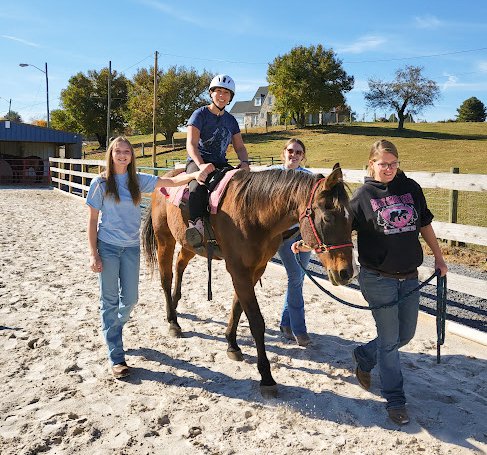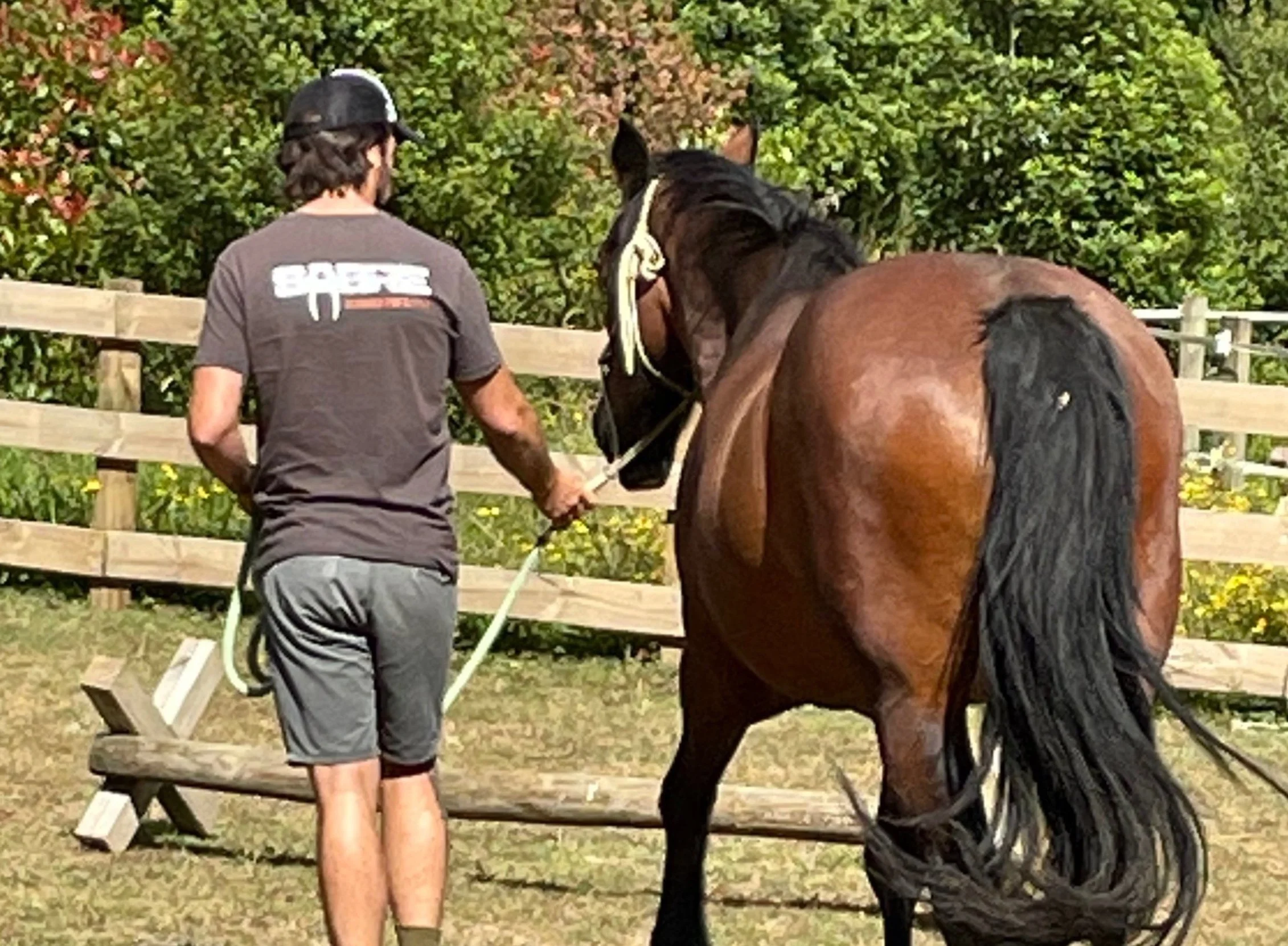Training Horses for Therapeutic Programs: A Comprehensive Guide

Training horses for therapeutic programs requires a specialized approach that balances the horse’s temperament, physical abilities, and the unique needs of therapy participants. This article explores the essential aspects of preparing horses for therapeutic roles, including training methods, benefits, and best practices.
Why Train Horses for Therapeutic Programs?

Therapeutic riding and equine-assisted therapy have gained popularity due to their physical, emotional, and psychological benefits. Horses trained for these programs help individuals with disabilities, mental health challenges, and developmental disorders improve their quality of life.
| Benefit Category | Description |
|---|---|
| Physical Benefits | Improved balance, coordination, muscle tone |
| Emotional Benefits | Increased confidence, reduced anxiety |
| Social Benefits | Enhanced communication skills, social interaction |
Key Qualities of Therapy Horses
Successful therapy horses typically exhibit:
- Calm Temperament: Essential for handling diverse participants and unpredictable situations.
- Patience: Ability to remain steady during repetitive exercises.
- Gentle Nature: Comforts and reassures riders.
- Trainability: Quick to learn and adapt to specific therapeutic tasks.
Training Methods for Therapy Horses
1. Basic Obedience and Groundwork
Before engaging in therapy-specific training, horses must master basic commands and groundwork exercises to ensure safety and responsiveness.
2. Desensitization
Horses are gradually exposed to various stimuli such as wheelchairs, medical equipment, and loud noises to build confidence and reduce fear.
3. Specialized Riding Training
Training includes teaching horses to move at controlled paces, stop on command, and respond gently to rider cues, accommodating riders with different abilities.
4. Socialization
Horses are introduced to different environments and people to ensure they remain calm and focused during therapy sessions.
Sample Training Schedule
| Week | Focus Area | Activities |
|---|---|---|
| 1-2 | Basic Obedience | Leading, halting, backing up |
| 3-4 | Desensitization | Exposure to therapy equipment and sounds |
| 5-6 | Specialized Riding | Controlled walking, stopping, rider cues |
| 7-8 | Socialization | Interaction with diverse people and settings |
Frequently Asked Questions (FAQ)
Q1: How long does it take to train a horse for therapy?
A: Training duration varies but typically ranges from 2 to 3 months depending on the horse’s temperament and prior training.
Q2: Can any horse be trained for therapeutic programs?
A: While many horses can be trained, those with calm, patient, and gentle temperaments are best suited.
Q3: What are the risks involved in therapy horse training?
A: Risks include stress to the horse if training is rushed or not tailored to their needs; proper handling minimizes these risks.
Conclusion
Training horses for therapeutic programs is a rewarding process that requires patience, skill, and understanding of both equine behavior and therapeutic goals. Well-trained therapy horses play a vital role in improving the lives of many individuals through equine-assisted activities and therapies.
For more detailed guidance or personalized training plans, consulting with equine therapy professionals is recommended.
